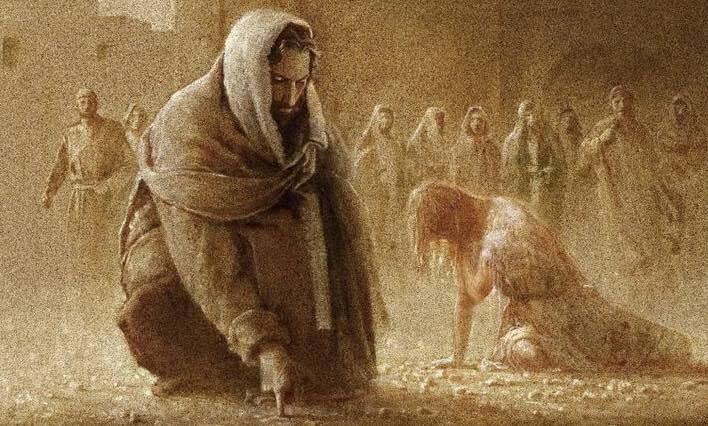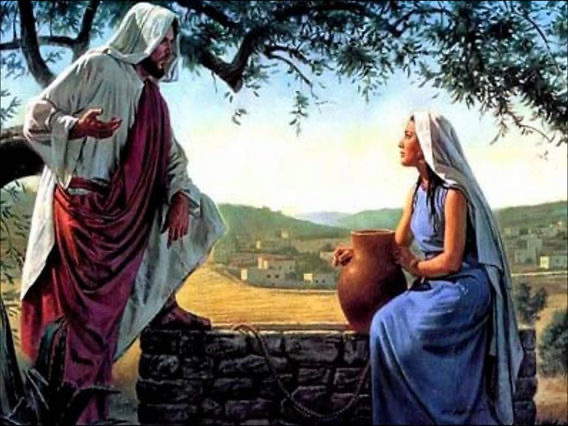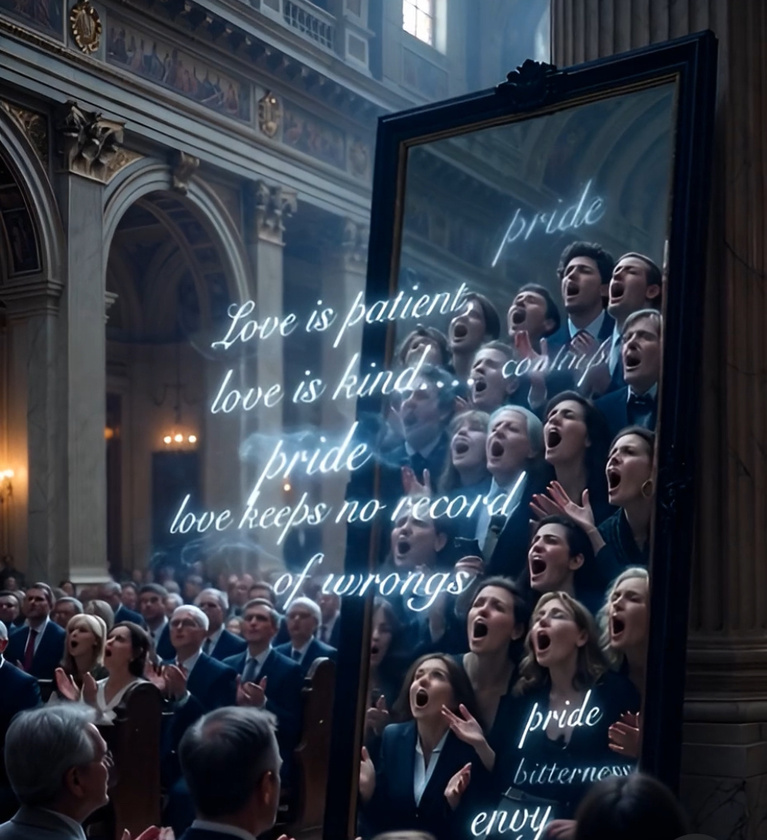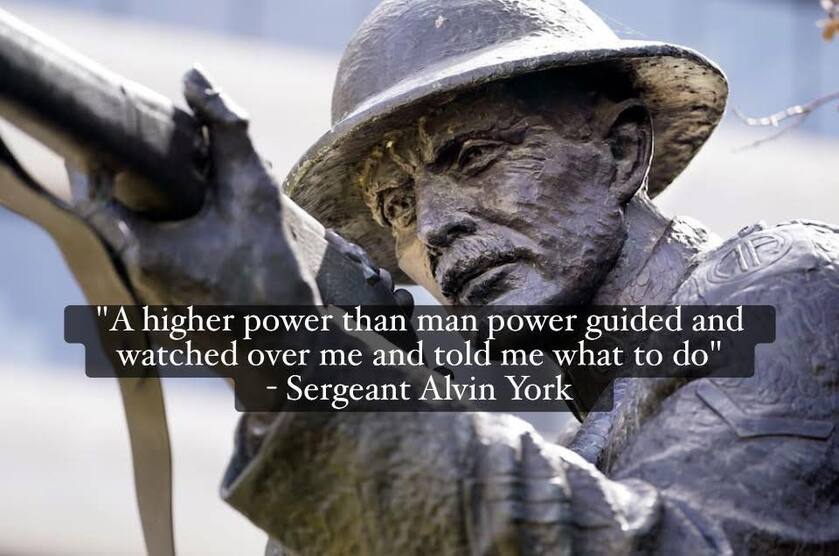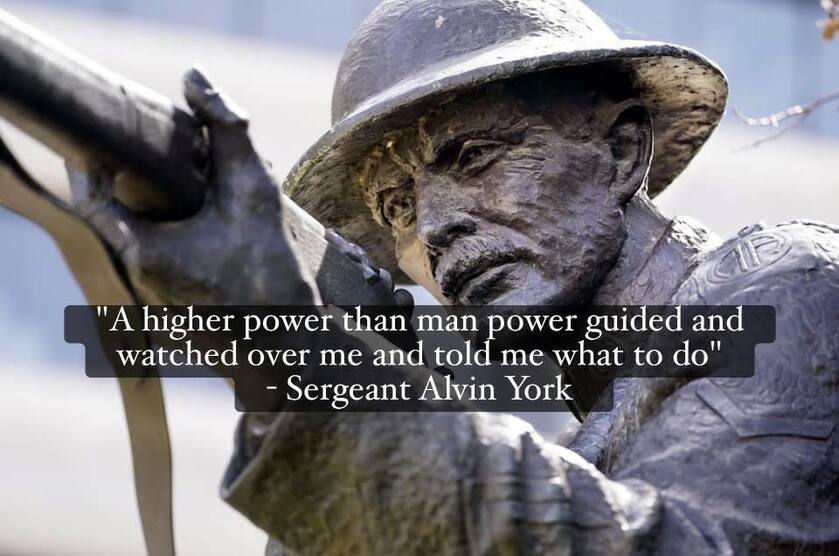The Dust: A Space Where Shame Meets Grace
John 8:2-5
Early in the morning he came again to the temple. All the people came to him, and he sat down and taught them. The scribes and the Pharisees brought a woman who had been caught in adultery and placing her in the midst they said to him, "Teacher, this woman has been caught in the act of adultery. Now in the Law, Moses commanded us to stone such women. So what do you say?"
Jesus is again teaching in the temple, surrounded by a crowd eager to hear Him. The Pharisees are not seeking justice but they're trying to trap Jesus, pitting His compassion up against the Mosaic Law’s harsh penalties (Leviticus 20:10, Deuteronomy 22:22). They aim to discredit him with this loaded question.
I notice first that Jesus is silent. He doesn't respond with words of any kind. Instead, he begins to write in the dust on the ground with his finger. And the Pharisees continue to shout their questions at him. Jesus models discernment over rash judgment. It’s as if Jesus is giving the accusers space to reconsider their motives, while also protecting the woman’s dignity amidst their public shaming. And it's interesting too that the woman is voiceless in this. Jesus' silence contrasts with the Pharisees’ loud, aggressive questioning (John 8:7, "as they continued to ask him" ), underscoring their impatience and His composure.
And then finally...
John 8:7
And as they continued to ask him, he stood up and said to them, "Let him who is without sin among you be the first to throw a stone at her."
He flips the script. His words don’t dismiss the Law (Leviticus 20:10, Deuteronomy 22:22), but he redirects the focus from the woman’s guilt to the accusers’ own sinfulness. And this act of writing in the dust carries even deeper meaning in the Jewish culture. One by one they were all convicted by this writing. Why? What did he write? Could they see what he wrote? Or was it something else? Some scholars point to Jeremiah 17:13.
Jeremiah 17:13
Lord, you are the hope of Israel; all who forsake you will be put to shame. Those who turn away from you will be written in the dust because they have forsaken the Lord, the spring of living water.
In this context, Jesus’ writing could subtly indict the Pharisees, reminding them of their own sinfulness before they judge another. And in case some didn't catch a clue Jesus speaks, "Let him who is without sin among you be the first to throw a stone at her."
Think about that dust. The finger of God is once again seen writing. Not on a wall, or in stone this time, but in the trampled-on impermanence of the earth. Right there in the temple courts ground. The place that exists to be a place of prayer and worship. And God is teaching there and writing His interpretation of the Law that he gave. His law of mercy and grace. His interpretation that flies in the face of these people who were created out of that same dust. The dust on the temple ground is no mere backdrop; it carries deep biblical resonance. Genesis 2:7 describes God forming humanity from the dust of the earth, breathing life into it. The Pharisees, the woman, and the crowd all share this origin. And it's for this reason, this shared heritage, that we must reflect upon our own sense of shame as we listen to Jesus' teaching. The dust acts is a mirror, reflecting the Pharisees’ hypocrisy back at them. He's subtly implying that none are above the dust, none are without sin.
Then...
John 8:10-11
Jesus stood up and said to her, "Woman, where are they? Has no one condemned you?" She said, "No one, Lord." And Jesus said, "Neither do I condemn you; go, and from now on sin no more."
So often I've seen this teaching on the stoning of adulterous woman, and the Pharisees reaction, go on about not judging others rashly or without discernment. And certainly reflecting upon mercy and grace. But today I see that shame thrives in judgment. The dust, a symbol of our shared human frailty, becomes a space where shame is confronted and transformed by grace. Look at Jesus and his response, first in the dust, then in His words, he offers a different way. He sees the woman’s sin but not her worthlessness.
Psalm 103:14 reminds us, "He knows our frame; he remembers that we are dust."
We’re being shown a profound glimpse into the Holy here. And this is made even more clear in the conversation that follows.
John 8:12-16
Again Jesus spoke to them, saying, "I am the light of the world. Whoever follows me will not walk in darkness, but will have the light of life." So the Pharisees said to him, "You are bearing witness about yourself; your testimony is not true." Jesus answered, "Even if I do bear witness about myself, my testimony is true, for I know where I came from and where I am going, but you do not know where I come from or where I am going. You judge according to the flesh; I judge no one. Yet even if I do judge, my judgment is true, for it is not I alone who judge, but I and the Father who sent me."
The dust, where shame was confronted, now witnesses a revelation of the Holy. In the dust of that same temple court, He declares, "I am the light of the world" (John 8:12), shining on our sinful dust to reveal not worthlessness but redemption in His way of seeing things. Shame thrives in judgment, but Jesus, the light, offers a different way. He knows we are dust (Psalm 103:14) and loves us still, inviting us to follow Him into the light of life. In our own "temple courts", our hearts, faith communities, our churches, shame and judgment can dim the light of worship. Jesus, writing in our dust and shining as the light, calls us to make these spaces holy, where grace transforms shame into praise. His light transforms the temple into a place of worship, where the woman’s restoration and His divine identity point to God’s glory. Jesus reclaims this space, first by writing in the dust and then by proclaiming Himself the light of the world. And we can do likewise, not by proclaiming our own glory or selfrighteousness, but by proclaiming His holiness and mercy. The temple courts are meant to be a house of prayer (Isaiah 56:7) but are marred by the Pharisees’ judgment and shaming tactics. The Pharisees walk in darkness, judging by appearances and missing the Holy.
Jesus teaches us today to have mercy, to be discerning, slow to react and thoughtful in these things. The dust is illuminated by Jesus as the light of the world, and it becomes a canvas where God’s mercy is written. His light doesn’t erase our frailty but transforms it, offering the "light of life" to all who follow Him (John 8:12).
Today, where does shame darken your path? Let Jesus’ light, written in the dust of your heart, set you free to walk uncondemned, and transformed by His grace.
Amen.

